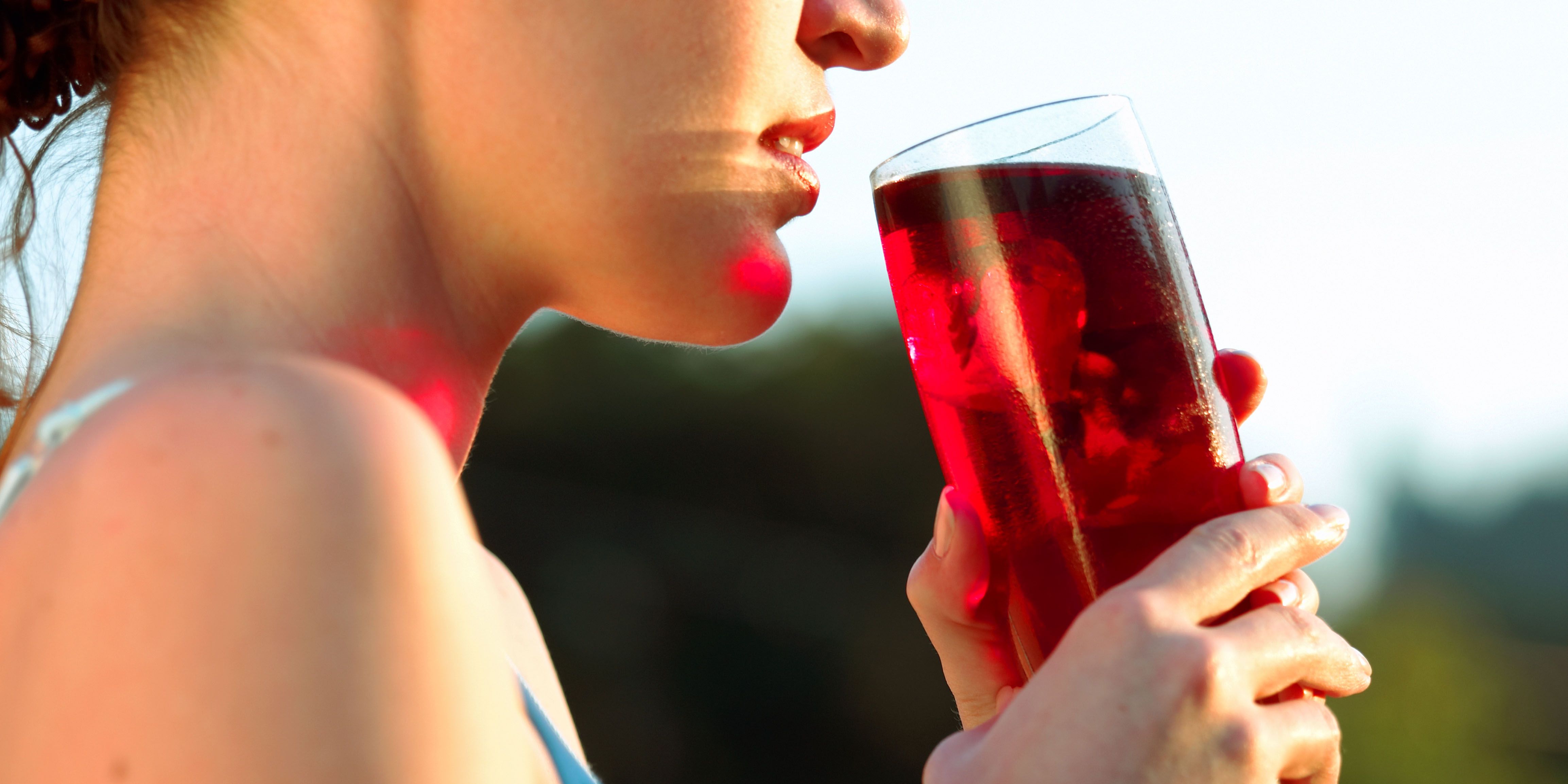
Urinary tract infection (UTI) is a common bacterial infection that affects the urinary system, including the bladder, urethra, and kidneys. It is more common in women than men, and symptoms include a burning sensation during urination, frequent urination, and lower abdominal pain. While antibiotics are the primary treatment for UTIs, some people believe that drinking white cranberry juice can help prevent and treat UTIs. But does white cranberry juice really help with UTI?
What is White Cranberry Juice?

White cranberry juice is made from the same fruit as regular cranberry juice, but the berries are harvested earlier and are not as ripe, giving them a milder taste and lighter color. It is often marketed as a healthier alternative to regular cranberry juice, as it contains fewer calories and less sugar.
How Does White Cranberry Juice Work?

Both regular and white cranberry juice contain compounds called proanthocyanidins, which prevent bacteria from sticking to the walls of the urinary tract. This makes it difficult for bacteria to multiply and cause an infection. However, the concentration of proanthocyanidins is lower in white cranberry juice than in regular cranberry juice, which may affect its effectiveness.
What Does the Research Say?
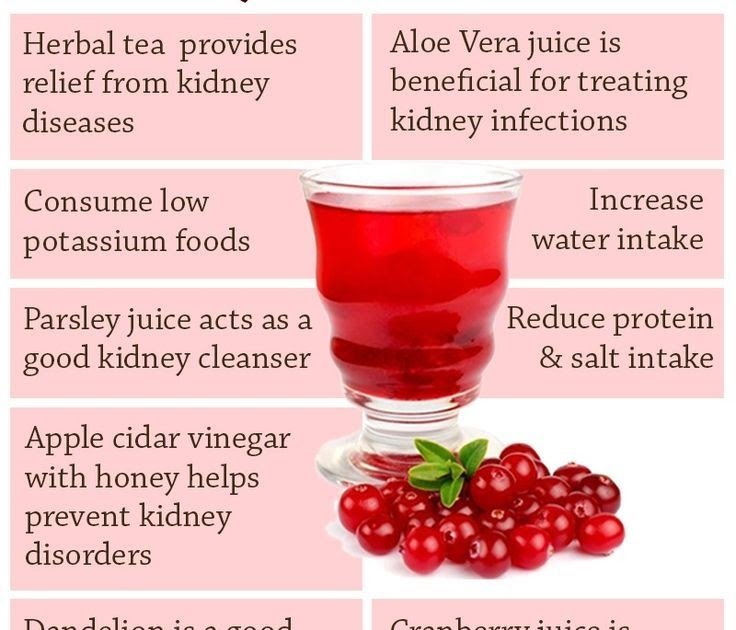
There is limited scientific evidence to support the use of white cranberry juice for UTIs. Most studies have focused on regular cranberry juice, which has been shown to be effective in preventing UTIs in some people, particularly women with recurrent UTIs. However, the evidence is not conclusive, and more research is needed to determine the optimal dose and duration of cranberry juice consumption.
Can Drinking White Cranberry Juice Help with UTIs?
While there is no harm in drinking white cranberry juice, there is no clear evidence that it can help prevent or treat UTIs. If you have a UTI, it is important to see a healthcare provider and follow their recommended treatment plan, which may include antibiotics and pain relievers. Drinking plenty of water and avoiding irritants such as caffeine and alcohol can also help alleviate UTI symptoms.
Conclusion
White cranberry juice is a milder version of regular cranberry juice, but it may not be as effective in preventing UTIs due to its lower concentration of proanthocyanidins. While there is no harm in drinking white cranberry juice, it should not be used as a substitute for medical treatment. If you have UTI symptoms, it is important to see a healthcare provider and follow their recommended treatment plan.
Related video of Does White Cranberry Juice Help With UTI?

Introduction
When it comes to describing a person's body shape, many words come to mind. One of them is "voluptuous." But what does it really mean? Does it mean that someone is fat? In this article, we will explore the meaning of the word "voluptuous" and whether it is synonymous with "fat."What Does Voluptuous Mean?
The word "voluptuous" is often used to describe a woman's body shape. It usually refers to curvaceousness, fullness, and sensuality. A voluptuous woman typically has a well-proportioned body with ample bosom, hips, and thighs. However, the word "voluptuous" can also describe other things, like food, art, or music.
Is Voluptuous the Same as Fat?
No, being voluptuous does not necessarily mean being fat. The word "fat" implies excess body weight, whereas "voluptuous" implies a shapely body with curves in all the right places. A person can be voluptuous without being overweight, just as a person can be overweight without being voluptuous.The Problem with Labeling
However, the problem with labeling someone as "voluptuous" or "fat" is that it can be subjective and even hurtful. Body shape and size are highly personal and can vary greatly from person to person. What one person considers "voluptuous," another person may consider "fat." Moreover, labeling someone based on their body shape can reinforce negative stereotypes and contribute to body shaming.
The Importance of Body Positivity
Instead of focusing on labels and stereotypes, it is important to promote body positivity and acceptance. Everyone deserves to feel comfortable and confident in their own skin, regardless of their body shape or size. It is important to celebrate diversity and promote healthy self-image, rather than perpetuating unrealistic beauty standards.Conclusion
In conclusion, being "voluptuous" does not mean being "fat." The word "voluptuous" implies a curvaceous and sensual body shape, while "fat" implies excess body weight. However, labeling someone based on their body shape can be hurtful and contribute to body shaming. Instead, we should promote body positivity and acceptance, celebrate diversity, and promote healthy self-image.Related video of Does Voluptuous Mean Fat?

Introduction
Joint pain can occur due to several reasons such as injury, arthritis, or other medical conditions. However, many people claim that changes in weather can affect their joints and cause discomfort. In this article, we will explore whether the weather indeed affects your joints or not.
What Causes Joint Pain?
Before discussing the impact of weather on joint pain, let's understand what causes joint pain. Joint pain can occur due to inflammation or damage to the joint, which can happen due to several reasons such as:
- Arthritis
- Bursitis
- Tendinitis
- Fracture
- Overuse or injury
Now, let's see if weather changes can make these conditions worse.
The Impact of Weather on Joint Pain
Many people with joint pain claim that changes in weather conditions affect their pain levels. Some believe that cold weather makes their joints stiff and achy, while others say that hot and humid weather makes their joints swollen and painful.
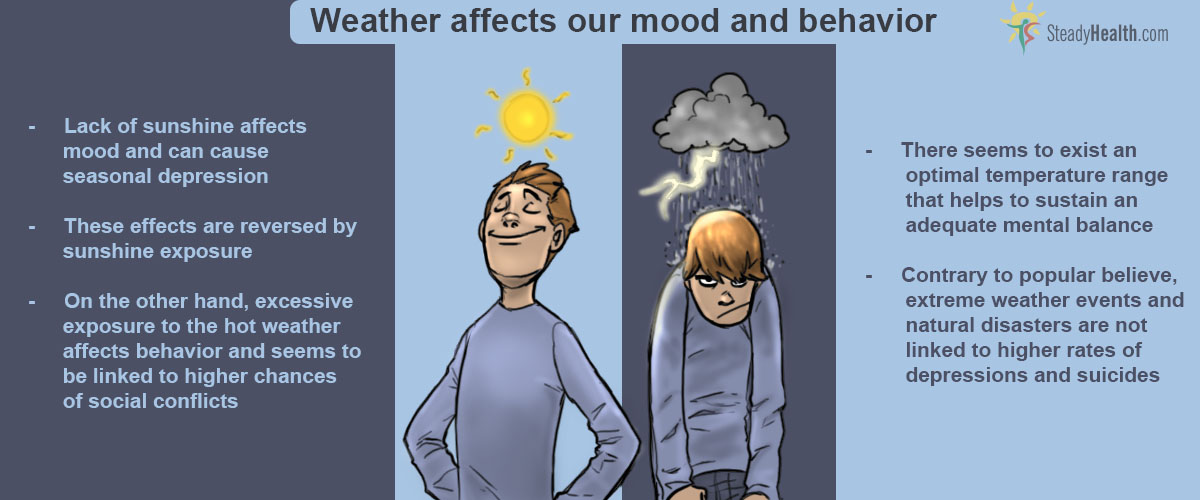
However, the scientific evidence for the impact of weather on joint pain is mixed. Some studies suggest that changes in weather conditions, such as temperature, barometric pressure, and humidity, can affect joint pain in people with arthritis or other joint-related conditions. Other studies, however, have found no significant association between weather changes and joint pain.
The Role of Barometric Pressure
One of the most commonly cited factors that can affect joint pain is barometric pressure. Barometric pressure is the measure of the weight of the air above the earth's surface. When the barometric pressure drops, such as during a storm or change in weather, it can cause a decrease in the atmospheric pressure, which may affect the tissues and joints in the body.

However, the research on the impact of barometric pressure on joint pain is inconclusive. Some studies have found that low barometric pressure can increase joint pain, while others have found no significant association between barometric pressure changes and joint pain.
The Role of Temperature and Humidity
Temperature and humidity are other weather factors that can impact joint pain. Some people with joint pain feel worse in cold weather, while others feel worse in hot and humid weather.

According to some studies, cold weather can cause the muscles and joints to contract, leading to stiffness and pain. On the other hand, hot and humid weather can cause the body to retain fluids, leading to swelling and discomfort in the joints.
Managing Joint Pain in Different Weather Conditions
Whether or not weather changes affect your joint pain, it is essential to manage your symptoms effectively. Here are some tips for managing joint pain in different weather conditions:
- Stay active and exercise regularly to keep your joints flexible and strong.
- Protect your joints from injury by using proper gear and techniques when exercising or doing physical activities.
- Use heat therapy, such as warm compresses or baths, to ease joint pain and stiffness in cold weather.
- Use cold therapy, such as ice packs or cold compresses, to reduce swelling and inflammation in hot and humid weather.
- Take over-the-counter pain relievers or anti-inflammatory medications as prescribed by your doctor.
Conclusion
The impact of weather changes on joint pain is a subject of debate among researchers and people with joint pain. While some studies suggest that changes in weather conditions can affect joint pain, others have found no significant association between the two. Regardless, it is essential to manage joint pain effectively and seek medical advice if the symptoms persist or worsen.
Related video of Does the Weather Affect Your Joints?

The United States Secret Service is a federal agency tasked with protecting the President and other high-ranking government officials. The agency is known for its highly skilled agents and its ability to prevent and investigate financial crimes. One of the questions that people often ask is whether the President has Secret Service protection for life. In this article, we will explore the answer to this question.
The Beginning of Secret Service Protection

The Secret Service was created in 1865 to combat counterfeiting. It was not until 1901 that the agency began providing protection to the President. At that time, President William McKinley was assassinated, and the agency was tasked with protecting President Theodore Roosevelt. Since then, the Secret Service has been responsible for protecting the President and other high-ranking government officials.
The President's Term in Office

The President is entitled to Secret Service protection while in office. This protection begins on the day that the President takes the oath of office and ends when the President leaves office. This means that the President does not have Secret Service protection for life.
The Former President's Protection

After the President leaves office, he or she is entitled to Secret Service protection for the rest of their life. This protection is provided to the President and their spouse. The protection is limited to 10 years for the children of the President. This means that the President does have Secret Service protection for life, but only after leaving office.
The Exceptions

There are some exceptions to Secret Service protection for former Presidents. If the former President becomes a federal employee or serves in Congress, they will no longer be entitled to Secret Service protection. Additionally, if the former President were to be impeached and removed from office, they would also lose Secret Service protection. Finally, if the former President were to decline Secret Service protection, they would not be entitled to it.
The Cost of Secret Service Protection

The cost of Secret Service protection is significant. According to a report by the Government Accountability Office, the cost of protecting President Trump and his family during his first year in office was over $73 million. This cost includes travel, salaries, and equipment. The cost of protecting former Presidents is also significant, with estimates ranging from $1 million to $4 million per year.
The Role of the Secret Service

The Secret Service has a critical role in protecting the President and other high-ranking government officials. The agency is responsible for preventing and investigating financial crimes, protecting national leaders, and ensuring the security of the nation's financial infrastructure. The Secret Service is one of the most respected and important federal agencies, and its agents are highly skilled and trained.
The Challenges of Secret Service Protection
Protecting the President and other high-ranking government officials is not an easy task. The Secret Service faces many challenges, including the threat of terrorism, cyberattacks, and physical attacks. The agency must also balance the need for security with the need to allow the President to interact with the public. The Secret Service is constantly evolving to meet these challenges and to ensure that the President and other officials are protected.
The Importance of Secret Service Protection
The Secret Service plays a critical role in protecting the President and other high-ranking government officials. The agency's agents are highly skilled and trained, and they are dedicated to ensuring the safety and security of the nation's leaders. Secret Service protection is a necessary and important part of the federal government's efforts to protect the nation's security.
The Future of Secret Service Protection
The Secret Service will continue to play a critical role in protecting the President and other high-ranking government officials. As the world becomes more complex and dangerous, the challenges facing the Secret Service will only increase. However, the agency is committed to meeting these challenges and to ensuring that the President and other officials are protected.
Conclusion
In conclusion, the President does not have Secret Service protection for life while in office. However, after leaving office, the President and their spouse are entitled to Secret Service protection for the rest of their lives. The Secret Service plays a critical role in protecting the President and other high-ranking government officials, and its agents are highly skilled and trained. Protecting the President is a challenging task, but the Secret Service is committed to meeting this challenge and to ensuring the safety and security of the nation's leaders.
Related video of Does The President Have Secret Service For Life?
The Big Dipper is one of the most recognizable constellations in the northern hemisphere. It is a group of seven stars that form a shape resembling a ladle or a saucepan. For centuries, people have been fascinated by the Big Dipper and have wondered whether it moves or not. In this article, we will explore this question and provide you with the answer.
What is the Big Dipper?

The Big Dipper is a constellation that is part of the Ursa Major constellation. It is made up of seven bright stars that are easily visible to the naked eye. These stars are Alkaid, Mizar, Alioth, Megrez, Phad, Merak, and Dubhe. These stars are located in a pattern that resembles a ladle or a saucepan, with Dubhe and Merak forming the outer edge of the dipper and pointing to the North Star.
Does the Big Dipper move?
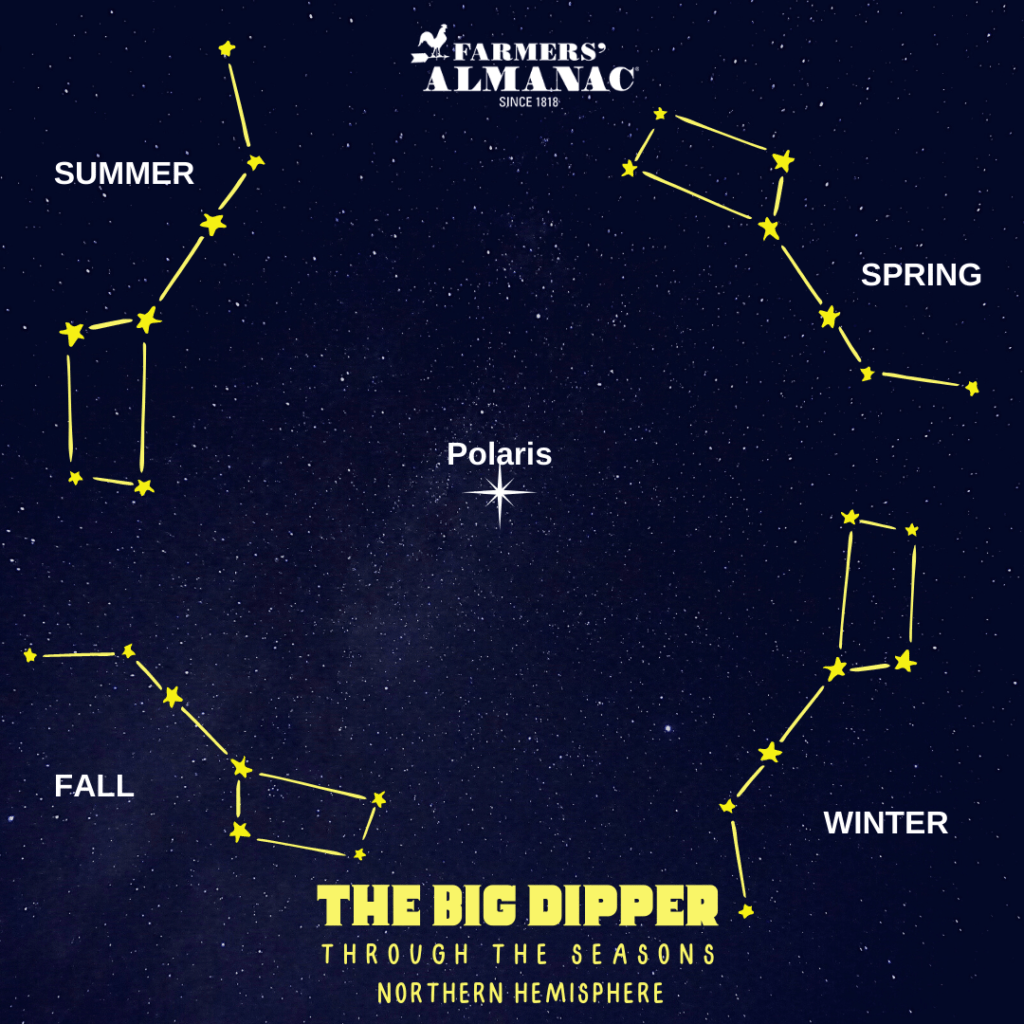
Yes, the Big Dipper does move. However, it moves very slowly and is not noticeable to the naked eye. The movement of the Big Dipper is caused by the rotation of the Earth on its axis. As the Earth rotates, the stars in the sky appear to move from east to west.
The movement of the stars is also affected by the Earth's revolution around the sun. This movement causes the stars to appear to move slightly to the east each night. This is known as the "precession of the equinoxes" and it takes around 26,000 years for the stars to complete one full cycle of movement.
How do we measure the movement of the Big Dipper?
The movement of the Big Dipper is measured by astronomers using a technique called astrometry. This involves measuring the position of the stars in the sky over a period of time and comparing them to their known positions.
Astronomers use telescopes and other instruments to measure the position of the stars with great accuracy. By comparing the positions of the stars over time, astronomers can determine their movement and calculate the rate of their movement.
Conclusion
In conclusion, the Big Dipper does move, but its movement is very slow and not noticeable to the naked eye. The movement of the Big Dipper is caused by the rotation of the Earth on its axis and the revolution of the Earth around the sun. Astronomers measure the movement of the Big Dipper using a technique called astrometry, which involves measuring the position of the stars in the sky over a period of time.
Related video of Does The Big Dipper Move?

Sugar, a sweet ingredient that is found in almost every food product, has been blamed for a host of health problems. One of the most common beliefs is that it makes children hyperactive. But is there any truth to this claim?
The Myth of Sugar and Hyperactivity

For decades, parents have been told that sugar causes hyperactivity in children. However, according to numerous studies, this is simply a myth.
In a study published in the New England Journal of Medicine, researchers found that sugar intake did not affect the behavior of children. The study involved 23 children who were given either a high-sugar or a low-sugar diet. The researchers found no difference in the children's behavior, cognitive function, or mood.
Another study published in the Journal of Abnormal Child Psychology found that there was no link between sugar and hyperactivity in children. The study involved 35 children who were given either a high-sugar or a low-sugar diet. The researchers found no difference in the children's behavior or cognitive function.
The Real Culprit

If sugar isn't to blame for hyperactivity in children, then what is? The real culprit is artificial food coloring.
A study published in the journal Pediatrics found that artificial food coloring caused hyperactivity in children. The study involved 153 children who were given a drink containing either a high or a low amount of artificial food coloring. The researchers found that the children who drank the high-amount drink were more hyperactive than those who drank the low-amount drink.
Another study published in the Lancet found that artificial food coloring caused hyperactivity in children. The study involved 297 children who were given a drink containing either a high or a low amount of artificial food coloring. The researchers found that the children who drank the high-amount drink were more hyperactive than those who drank the low-amount drink.
The Effects of Sugar on Children

Although sugar doesn't cause hyperactivity in children, it can still have negative effects on their health. Excessive sugar consumption can lead to obesity, diabetes, and tooth decay.
According to the American Heart Association, children should consume no more than 6 teaspoons of added sugar per day. Unfortunately, many children consume much more than this. The average child in the United States consumes about 19 teaspoons of added sugar per day.
Parents should monitor their children's sugar intake and encourage them to eat a healthy, balanced diet. This can help prevent a host of health problems later in life.
Conclusion
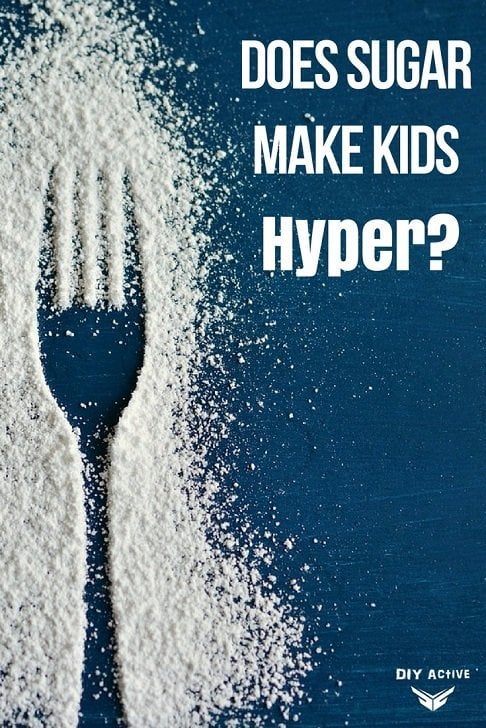
In conclusion, sugar does not make kids hyper. This is a myth that has been debunked by numerous studies. However, artificial food coloring has been linked to hyperactivity in children. Parents should monitor their children's sugar and artificial food coloring intake to ensure their health and well-being.
Related video of Does Sugar Make Kids Hyper?
There are a lot of myths surrounding hair growth, and one of the most common is that shaving your head can make your hair grow back thicker and stronger. But is there any truth to this claim? In this article, we're going to take a closer look at the science behind hair growth and whether or not shaving your head can actually improve it.
Understanding Hair Growth

Before we dive into the topic of shaving and hair growth, it's important to understand how hair grows in the first place. Hair growth is a complex process that involves several stages, including the anagen phase (when the hair is actively growing), the catagen phase (when the hair stops growing), and the telogen phase (when the hair falls out).
Each hair on your head grows from a follicle, which is a tiny pocket in your skin. The size and shape of your follicles are determined by genetics, and they play a significant role in determining the texture and thickness of your hair.
The Myth of Shaving and Hair Growth

So, where did the myth of shaving and hair growth come from? The idea is that when you shave your head, you're removing the dead, damaged hair and stimulating new growth. Some people also believe that shaving can increase blood flow to the scalp, which can help nourish the hair follicles and promote growth.
However, there's no scientific evidence to support these claims. While shaving may make your hair appear thicker and fuller temporarily, it doesn't actually change the rate or pattern of growth. In fact, shaving can sometimes damage the hair follicles and even cause ingrown hairs, which can lead to further problems down the line.
The Role of Genetics
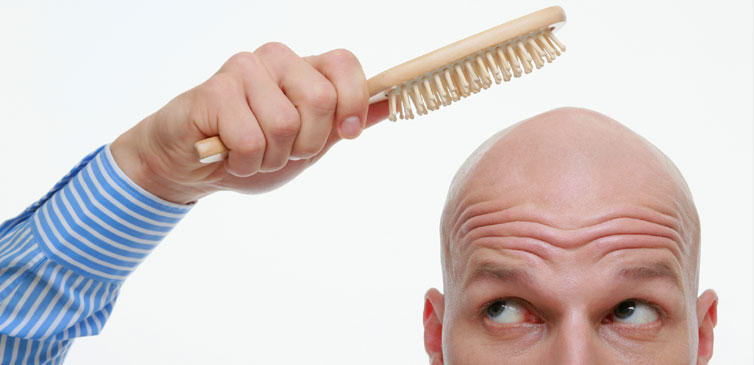
When it comes to hair growth, genetics play a much more significant role than shaving or any other external factors. Your genes determine everything from the thickness and texture of your hair to the rate at which it grows and falls out.
This means that if you have a family history of thinning hair or baldness, it's likely that you will experience these issues as well. Shaving your head won't change your genetic makeup, so it won't make a significant difference in the long run.
Other Factors That Affect Hair Growth

While shaving may not improve hair growth, there are other factors that can have an impact. For example, your diet plays a significant role in the health and growth of your hair. Eating a balanced diet that's rich in vitamins and minerals can help keep your hair strong and healthy.
Additionally, certain medications, medical conditions, and lifestyle factors can also affect hair growth. For example, stress, smoking, and excessive alcohol consumption can all contribute to hair loss and thinning.
The Bottom Line
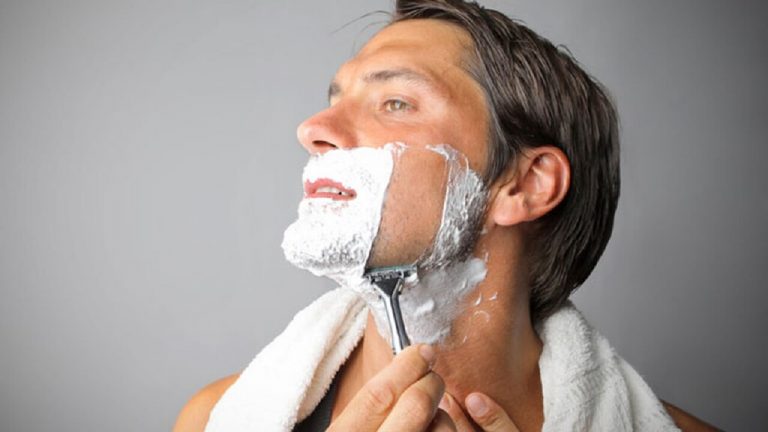
So, does shaving the head totally improve hair growth? Unfortunately, the answer is no. While shaving may make your hair appear thicker and fuller temporarily, it doesn't actually change the rate or pattern of growth. Genetics and other factors play a much more significant role in determining the health and growth of your hair.
If you're concerned about hair loss or thinning, it's best to consult with a dermatologist or other medical professional. They can help you identify any underlying issues and recommend treatments that may be effective.